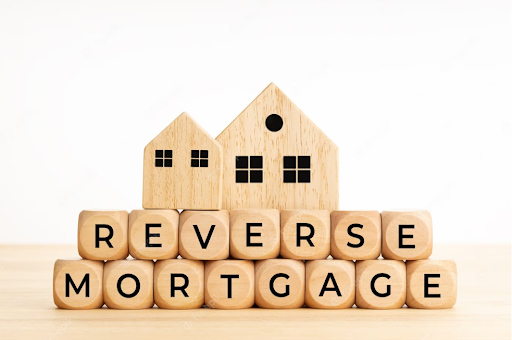Reverse mortgages have been both praised and criticized since their inception. These financial products offer senior homeowners the opportunity to access their home equity without selling their property, allowing them to supplement their retirement income. However, misconceptions and negative myths surrounding reverse mortgages have led to skepticism and fear among potential borrowers. In this blog post, we will delve into the truth behind the myths and explore whether reverse mortgages are genuinely risky or simply misunderstood.
What is a Reverse Mortgage?
A reverse mortgage is a specialized loan available to homeowners aged 62 and older, designed to help them access their home equity. Unlike traditional mortgages, where the borrower pays the lender, in a reverse mortgage, the lender pays the borrower. The borrower can choose to receive the funds as a lump sum, a line of credit, fixed monthly payments, or a combination of these options.
Myth #1: The Bank Takes Ownership of Your Home
One of the most pervasive myths about reverse mortgages is that the bank takes ownership of your home. In reality, the borrower retains ownership and title to the property throughout the life of the loan. The loan only becomes due when the borrower permanently moves out of the home or passes away. At that point, the borrower’s estate or heirs can choose to repay the loan and keep the home or sell the property to pay off the outstanding balance.
Myth #2: You Could Owe More Than Your Home’s Value
Another common misconception is that borrowers could end up owing more than their home’s value, leaving their heirs with a debt burden. This notion is based on past experiences with some older reverse mortgage products. However, modern reverse mortgages are federally regulated and have built-in safeguards to prevent such a situation. The loan amount is capped at the appraised value of the home, protecting borrowers and their heirs from any potential negative equity.
Myth #3: Reverse Mortgages are Only for Desperate and Cash-Strapped Seniors
Reverse mortgages are not just for desperate or cash-strapped seniors. In fact, many financially secure retirees use reverse mortgages as a strategic financial tool. They may access their home equity to fund healthcare expenses, home improvements, travel, or other lifestyle goals, even if they have ample savings and investments.
Myth #4: You Can Be Forced Out of Your Home
Some people fear that a reverse mortgage lender can evict them from their homes at any time. However, this is not true. As long as the borrower continues to meet the loan obligations, such as paying property taxes, insurance, and maintaining the property, they can remain in their home. The reverse mortgage becomes due only when the borrower no longer uses the home as their primary residence.
Myth #5: Reverse Mortgages are Expensive and Full of Hidden Fees
While reverse mortgages do come with closing costs and fees, they are no more expensive than traditional mortgages. It’s crucial for potential borrowers to understand all the costs involved, such as origination fees, mortgage insurance premiums, and servicing fees. Reputable lenders will be transparent about these fees, and borrowers should take the time to compare offers from different lenders to find the best deal.
Myth #6: Spouses Are at Risk of Losing the Home
In the past, there were cases where non-borrowing spouses faced the risk of losing their homes if the borrowing spouse passed away. However, regulations have been updated to protect non-borrowing spouses, allowing them to remain in the home after the borrowing spouse’s death, as long as they meet certain criteria. These changes have made reverse mortgages a more secure option for married couples.
Benefits of Reverse Mortgages
Now that we’ve dispelled some common myths about reverse mortgages, let’s take a look at the potential benefits:
Supplementing retirement income: Reverse mortgages can provide a reliable source of income for seniors during retirement, helping to cover living expenses, medical bills, or other financial needs.
Flexibility: Borrowers have various payout options to suit their unique financial goals and can change the method of receiving funds as their circumstances change.
No monthly mortgage payments: Unlike traditional mortgages, reverse mortgage borrowers are not required to make monthly mortgage payments. This can provide significant relief for seniors on fixed incomes.
Continued homeownership: Reverse mortgages allow borrowers to remain in their homes for as long as they meet the loan obligations, providing stability and peace of mind.
Ingram Mortgage Team
When it comes to the question of whether reverse mortgages are risky, it’s essential to unravel the truth behind the myths. While reverse mortgages may carry certain risks, such as the potential impact on inheritance and the need to maintain the property, they can also provide valuable benefits for older homeowners seeking financial stability.
At Ingram Mortgage Team, we understand the importance of dispelling misconceptions and providing accurate information about reverse mortgages. By consulting with experienced professionals, exploring the terms and conditions, and considering individual circumstances, homeowners can make informed decisions and potentially benefit from the flexibility and financial support that reverse mortgages can offer. Don’t let the myths deter you from exploring the possibilities—take the time to understand reverse mortgages and assess their suitability for your unique needs.

